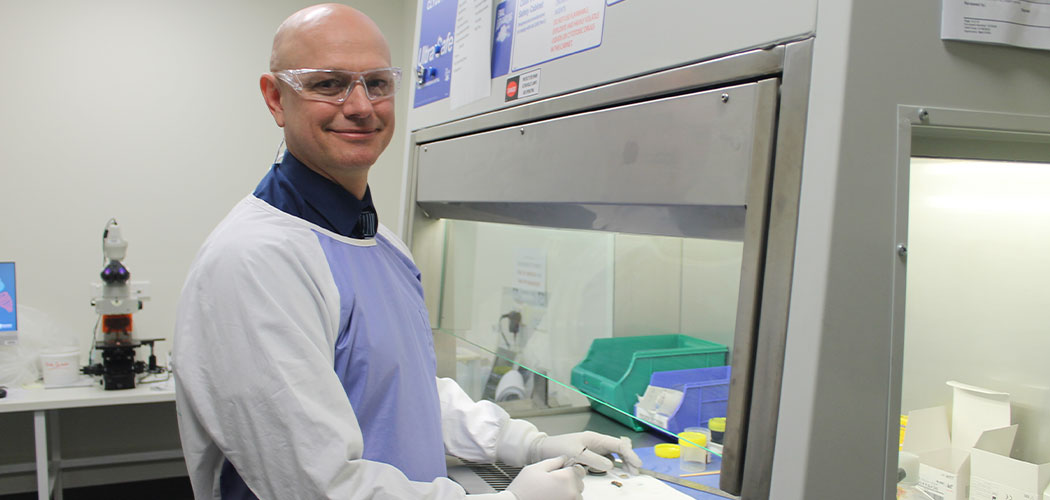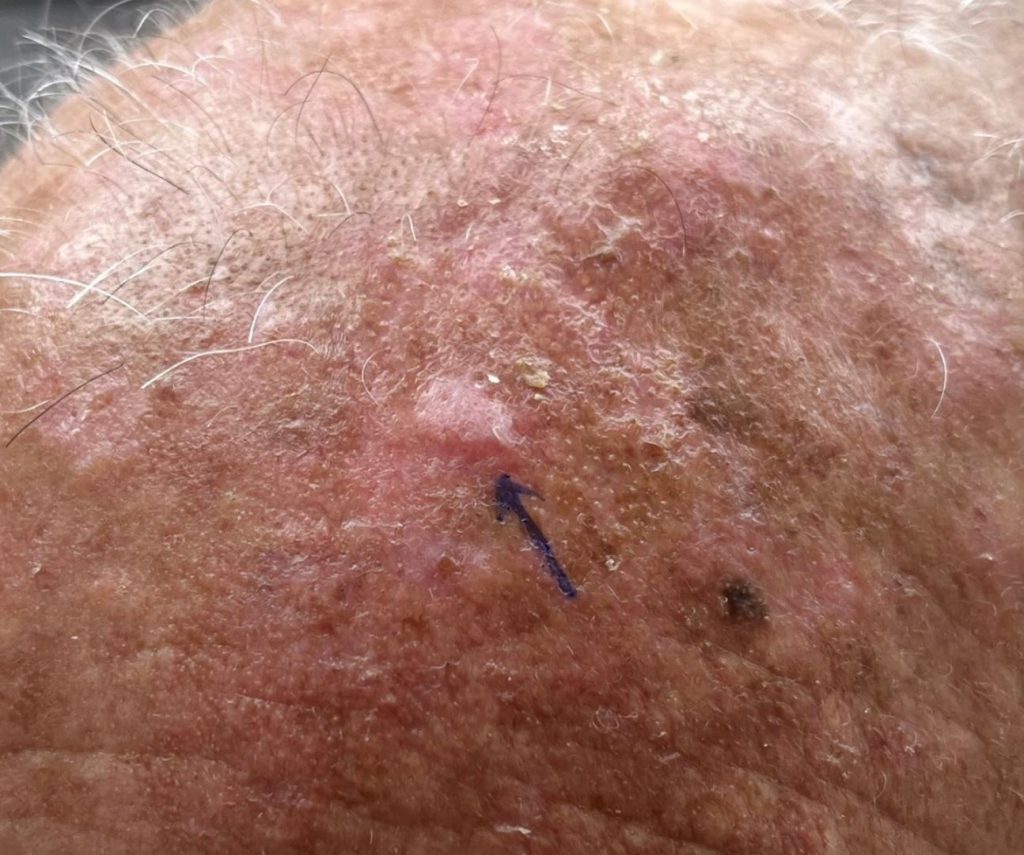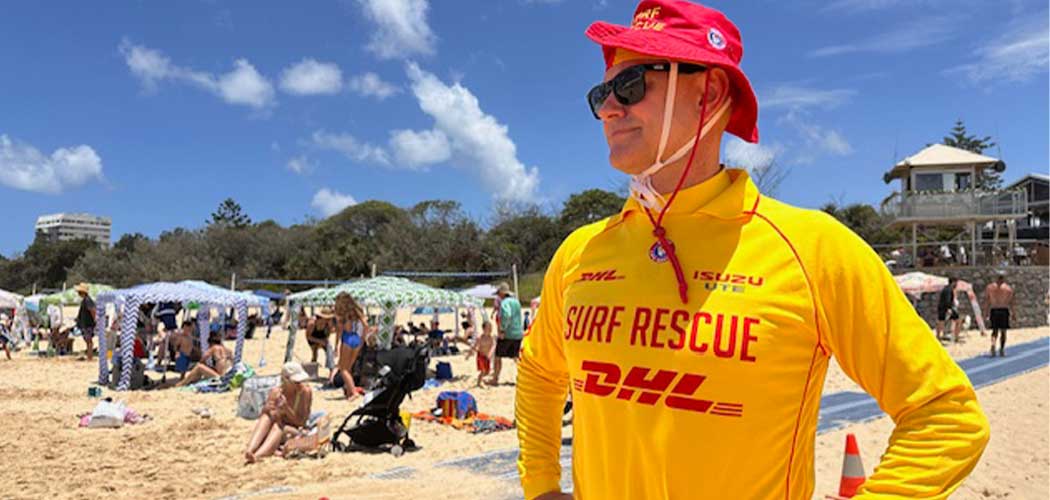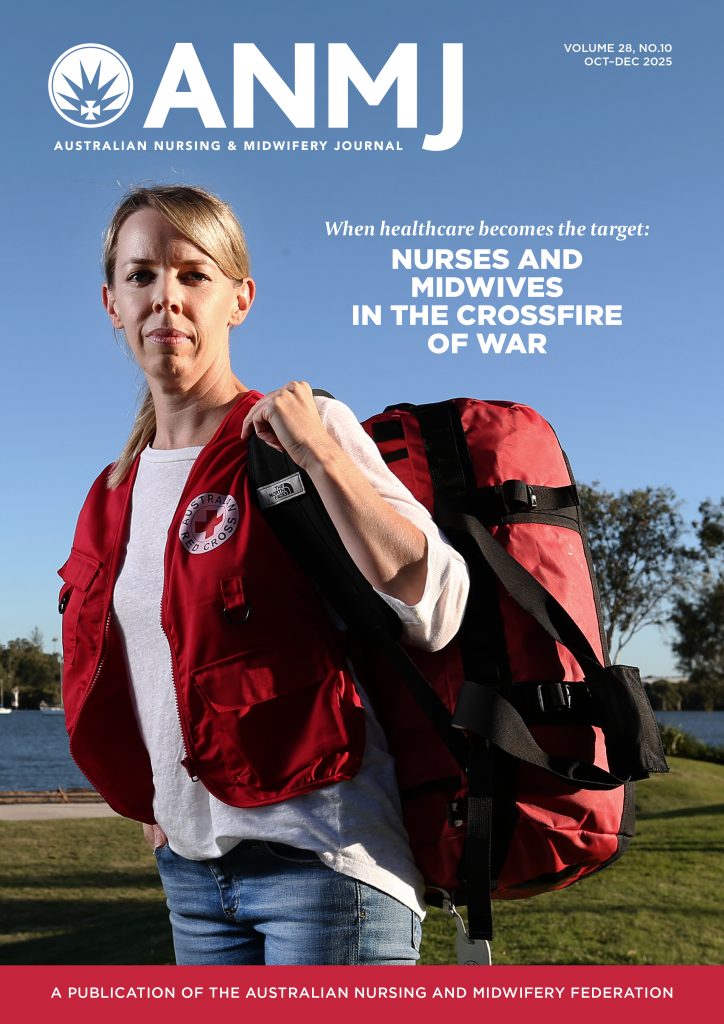While social media platforms share a dangerous trend of people deliberately burning their skin into tan lines, a Queensland pathologist and researcher is spreading the message of sun safety this summer.
Australian deaths from non-melanoma skin cancers have almost doubled in 20 years, shows recent research from the University of the Sunshine Coast.
The research was prompted by Dr Andrew Dettrick’s years of experience as a Sunshine Coast Health pathologist, viewing thousands of skin biopsies under the microscope.
A volunteer surf lifesaver, as well as a USC PhD researcher, Dr Dettrick is sharing the message of early detection in the hope that more people will check their own skin for sunspots and at GP clinics, while also taking measures to prevent skin cancer.

Here are some of the ways to enjoy long summer days, while keeping yourself as safe as possible.
Don’t underestimate the skin cancer threat
Australia has the highest rate of skin cancer in the world. Two in three Australians will be diagnosed with skin cancer in their lifetime and about 2,000 Australians will lose their lives to skin cancer this year.
Melanomas only make up about one in 50 skin cancers, the rest are Non-Melanoma Skin Cancer (NMSC). While the number of Australian deaths from melanoma has fallen since 2011, the trend is starkly different for NMSC. USC data demonstrated that the number of deaths from NMSC has almost doubled in 20 years.
Get a skin check or do it yourself
The fight against skin cancer has three main pillars: early detection, better treatments for advanced disease, and prevention.
A skin check takes only takes minutes and can be done by a GP specialist or there are many free clinics are available (paid for by Medicare). Regularly check your skin for new spots or changes. Get to know your skin and what is normal for you.

Melanomas and Non Melanoma Skin Cancers usually look different. Melanomas can appear as a new pigmented (brown) spot or an existing spot that grows or changes shape or colour. They can occur anywhere on skin, even under feet.
NMSCs typically occur on sun-exposed skin and the two most common types are squamous cell carcinoma and basal cell carcinoma.
Squamous cell carcinomas (pictured left) usually appear as a thick, red, scaly spot that grows over a few months.
Basal cell carcinomas, the most common type of skin cancer, can appear as a red, pale or pearly lump or a dry, scaly patch.
If you find any spot, lump or patch that looks odd, it’s best to get it checked out by your doctor.
Seek treatment asap – patients are living longer and surviving
Progress has been made in the field of medical therapy for advanced skin cancers including melanoma. Groundbreaking research on immunotherapy in melanoma is underway here in Australia. The outlook for people with advanced skin cancer is much improved than even only a few years ago, with patients now surviving longer and many completely cured.
Change in attitude to tanning
The attitude of tanning as a mark of youth, health, fitness or attractiveness pervades. New initiatives are underway to combat this. The Australian Government and digital content creators have gotten behind the ‘End The Trend’ campaign: Tanned skin is unhealthy. Tanned skin is damaged.
Enjoy outdoor activities this summer but take whatever precautions you can, urges Dr Dettrick. “Walking on the beach with the dog and swimming in the ocean with friends are great fun – especially in the early mornings, before the UV index gets too high.”
For more information check out the Cancer Council’s tips.
Images courtesy of Amanda Dettrick and Dr Jarom Leneham.








